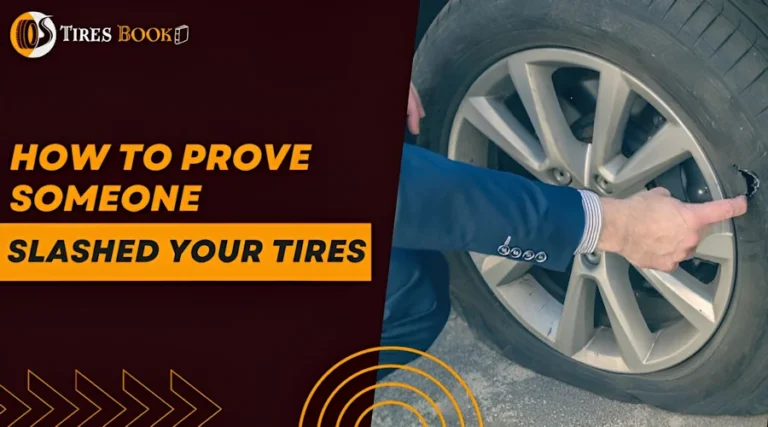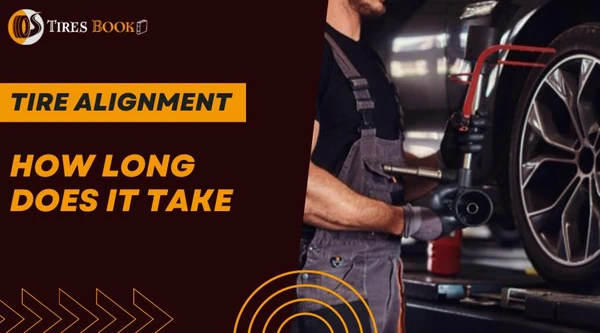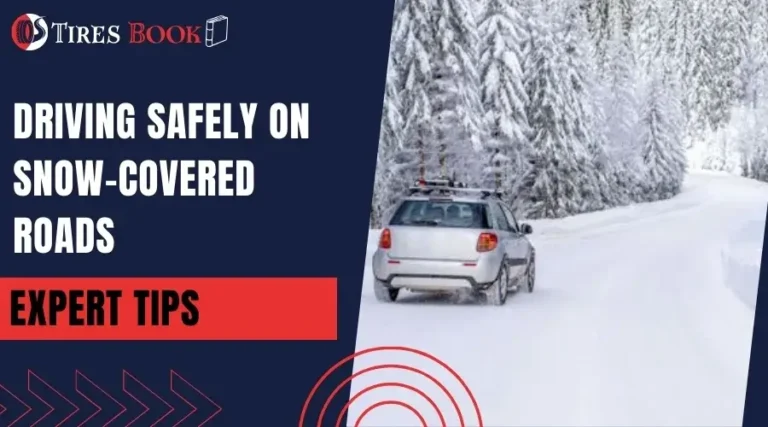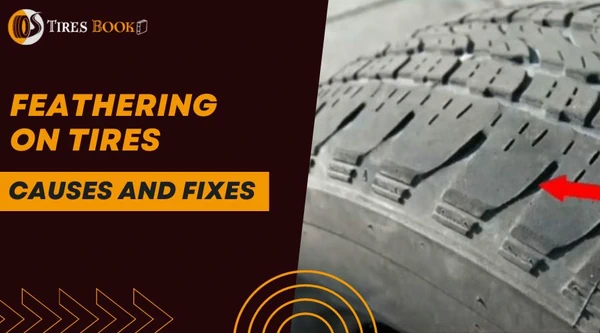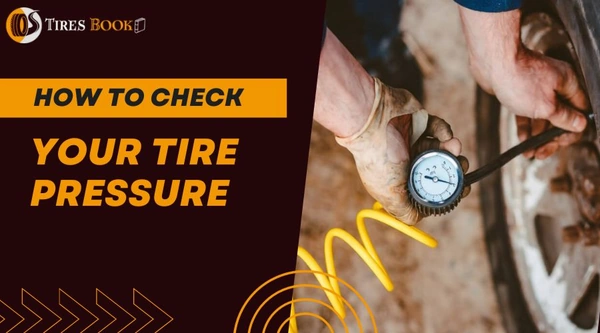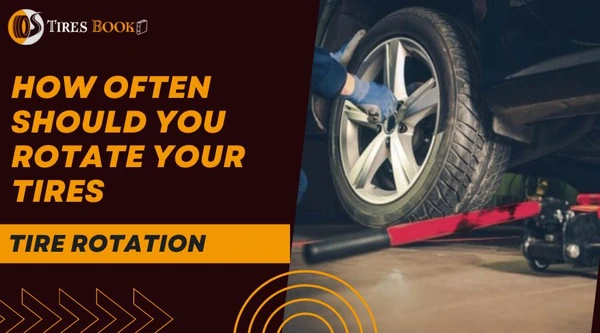The amount of air you should put in your car tires is crucial for optimal gas mileage, handling, and tire lifespan. This amount of air for tires depends on vehicle type, load capacity, and season. Most vehicles recommend a tire pressure between 28 and 35 psi. You can typically find this information on a sticker inside the driver’s door or in the owner’s manual.
Also, there might be different pressure recommendations for front and rear tires. Similarly, for winter, add 2-4 psi more than the recommended pressure.
It’s important not to inflate the tires to the maximum pressure listed on the tire itself. This is not the recommended pressure for the vehicle. Each vehicle has specific tire pressure specifications, but most fall between 28 and 35 PSI.
Table of Contents
Finding the Recommended Air Pressure
Looking for the right air pressure for your tires? Here are four spots you can check:
- Peek at the driver’s side door jamb. There’s usually a handy sticker there.
- Open your fuel tank door. You might find the information inside.
- Check the glove box. Sometimes, it hides there.
- When all else fails, the owner’s manual is your best friend. It knows all your car’s secrets, including the right tire pressure!
Very Important
Certain automobile manufacturers list multiple placards located on the driver’s side door, fuel tank door, and glove box. They may show different tire pressure recommendations These recommendations depend on factors such as the vehicle’s load, speed, and tire size, as well as the kind of tire in use—be it winter, summer, and so on.
The driverside door placard gives the pressure based on load capacity. The placard on the glove box usually shows cold tire pressure. For some vehicles like Mercedes-Benz, it is the fuel tank door sticker that you should follow for everyday use.
Give attention to these placards to know which condition the air pressure applies to and which pressure you actually need to follow. Remember, the right pressure keeps your ride smooth and safe!
Importance of Filling the Tires With Recommended Pressure
Filling your tires with the right pressure is like giving your car a vitamin. Here’s why it’s so important:
- Avoid Uneven Tire Tread Wear: Tires filled with the right pressure evenly distribute your car’s weight across the tire tread. This helps prevent the middle or edges from wearing down quicker than the rest. Ultimately, it prolongs your tire’s life and keeps your wallet happy.
- Fuel Economy: Tires with ideal pressure roll more efficiently. They reduce resistance, helping your car run more miles on the same tank of gas. It’s a simple trick to lower fuel costs.
- Better Handling and Cornering: Tires filled right provide a better grip on the road. This means your car handles better, especially on curves and corners. You’ll enjoy a more responsive and smoother drive.
It is very important to follow the standard procedure to check and inflate your tires.
Consequences of Overinflation and Underinflation
With overinflated tires, the center bears all the load. This leads to faster center wear. Overinflated tires can burst, causing blowouts. They also make cornering tricky and are more likely to slip off the road, especially in wet conditions. Hydroplaning becomes a risk. Overinflation also makes the steering stiff and the ride uncomfortable. It’s like bouncing on a too-hard basketball.
Underinflation squeezes the tire and put extra load on the tire’s edges, speeding up side wear. Underinflated tires can overheat as the contact area between the tire and the road increases due to friction. This extra heat can speed up the wear and tear, and even separate the tread. Over time, it will increase the internal pressure and can cause a dangerous blowout. Underinflated tires also harm handling. You might feel the steering vibrate or the car sway. They also make the engine work harder, consuming more fuel. It’s like trying to jog with untied shoes.
Conclusion: Check Your Tire Air Pressure on a Regular Basis
Wrapping up, it’s clear that tire pressure is not something to overlook. Making sure your tires are properly inflated is a key part of car care. And don’t forget your spare! It also needs the right pressure to be ready when you need it most.
Modern cars come with Tire Pressure Monitoring System (TPMS). It’s helpful but not foolproof. It only alerts in when the pressure drops 25% below the recommended level. But the trouble starts when pressure slips just 5-10% under the mark.
So, make it a habit to check your tire pressure at least once a month. Keep those tires in check, and they’ll keep you safe and smooth on the road!

